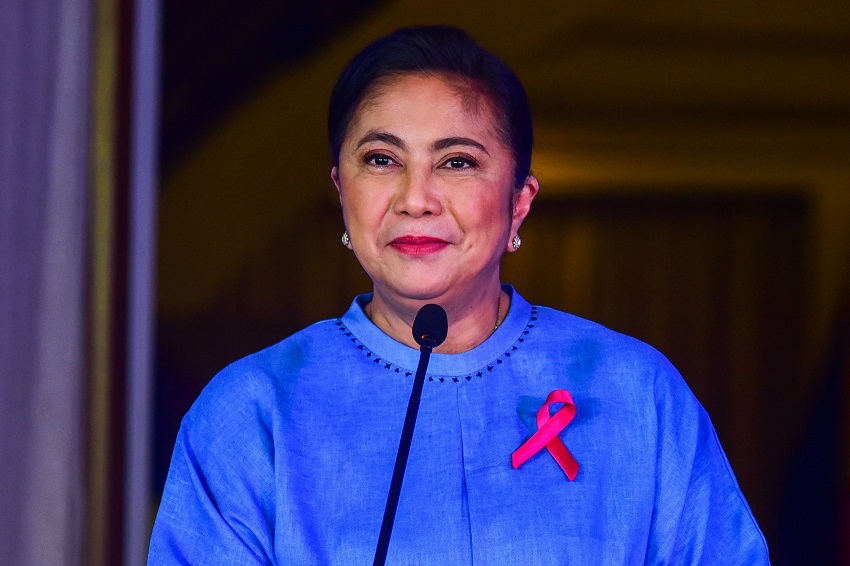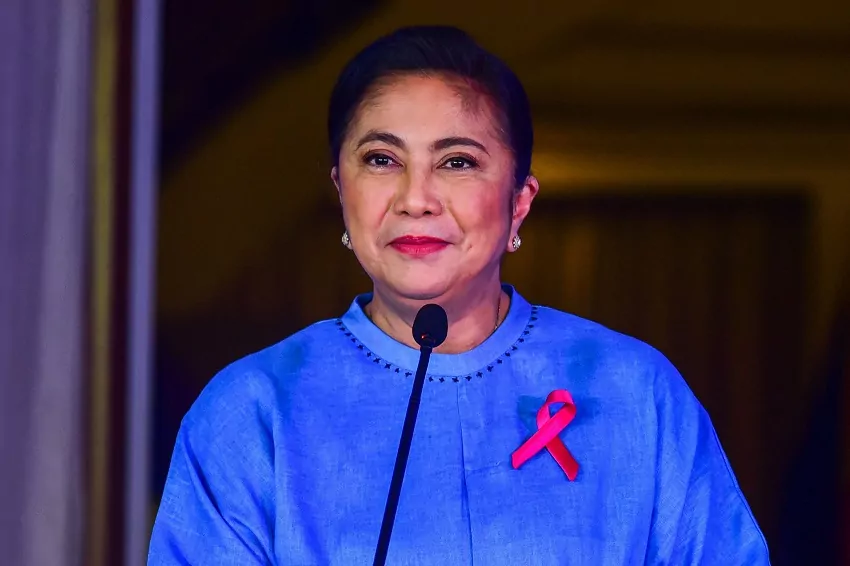

(C) NPR
As the Philippines push forward with more innovation for the country, many wonder who leads the crowd of the Filipinos. Who is the best president of the Philippines? Many would assume that the country had peaked previously and already had their best president, but many would also counter that the best is yet to come.
Although it is a debatable topic, many households still have their bets on who the best president of the Philippines is, in which it is the cause of many family debacles. Politics may be a sensitive topic for most, but Filipinos love to spread around and advocate who they’re supporting.
Below is a list of the top 10 best presidents of the Philippines 2023 as expressed by the nation’s sentiments:
Ferdinand Marcos Sr. is the tenth president of the Philippines. During his administration, the Philippine economy was quite advanced, despite the fact that it was no longer the second richest country in Asia. This was due to the numerous improvements made to the country’s infrastructure. Many people still debate about his intention with martial law; one side would argue that it was ordered by the late president to prevent communism from taking hold in the Philippines and also to impose order and discipline onto the Filipino people.
Marcos Sr. was also praised for his many infrastructure projects that are still being used today in modern times.
Ramon Magsaysay, the seventh president of the Philippines, was known as the idol of the masses. The administration of Ramon Magsaysay was considered to be one of the more ethical administrations that the Philippines has ever had. He was known for his integrity and was a genuine “man of the people” who frequently engaged in conversation and conversational exchanges with constituents. As a result of Magsaysay and his administration’s reputation for being honest, uncorrupt, and dedicated to reform, Magsaysay was able to maintain their popularity.
Also Read: Former Philippine President Fidel ‘Steady Eddie’ Ramos has died
In addition to this, he is best remembered for putting an end to the Hukbalahap (Huk) movement, which was led by communists.
Benigno Aquino III was the 15th president of the Philippines. Aquino initiated changes to the educational system of the Philippines by implementing a K–12 curriculum and legitimizing enhancements to the basic education system in 2013, when he signed the Enhanced Basic Education Act. Because of this change, the basic education system was extended by two years, and the resulting stage became known as Senior High School.
Rodrigo “Rody” Duterte, also known as “Digong,” was the 16th president of the Philippines. Duterte is the oldest person to ever be elected president of the Philippines and the first president to come from the island of Mindanao. In addition to this, he is the first President of the Philippines to have held positions in all three arms of the government. Although he is widely criticized for his “War on Drugs,” he still contributed many important things like the age of sexual consent was increased to 16, child marriage was made illegal, the adoption procedure was streamlined, and the Public Utility Vehicle Modernization Program was initiated under his administration.
Manuel L. Quezon is the second president of the Philippines and is considered a true nationalist. He fought for the passage of the Tydings–McDuffie Act (1934), which provided for full independence for the Philippines 10 years after the creation of a constitution and the establishment of a Commonwealth government that would be the forerunner of an independent republic.
Also Read: Droupadi Murmu becomes India’s first tribal president
Sergio Osmeña was the fourth president of the Philippines. The Bell Trade Bill, which has been properly dubbed the keystone of Philippine rehabilitation, is one of the most important results of President Osmea’s efforts to strengthen Philippine-American partnership. This bill was one of the most important results of President Osmea’s work. Basically, it helped establish the Philippine’s independence from the U.S. economically.
Cory Aquino was the first female president of the Philippines. As president, Aquino was in charge of supervising the writing of the Constitution of 1987, which successfully abolished the previous totalitarian government structure by limiting the powers of the presidency and re-establishing Congress as a bicameral institution.
The first Science and Technology Master Plan, often known as the STMP, was developed by the Presidential Task Force for Science and Technology, which was established by Corazon Aquino on August 8, 1988. By the year 2000, being a newly industrialized country was intended to be the result of the implementation of STMP in the Philippines.
ALso Read: International media covers UAE President’s France visit
Fidel Ramos was the 12th president of the Philippines. He will be remembered for his unwavering dedication to advancing the concepts of global competitiveness and the empowerment of individuals. In 1993, he was successful in putting an end to the electricity crisis that had plagued the Philippines for the previous two years and had devastated both households and businesses.
Under his leadership, the Philippines became one of Asia’s tiger economies.
Diosdado Macapagal is the ninth president of the Philippines. As president of the Philippines, Macapagal tried to combat graft and corruption while also attempting to stimulate the country’s economy. In addition to liberalizing import and export controls, he passed the country’s first land reform law, put the peso on a market where it could be freely exchanged for other currencies, and placed the peso on the market.
Jose Laurel was the third president of the Philippines. He was also the president of the 2nd Republic of the Philippines during World War II. Before World War II, he worked as an attorney for the local Japanese community, which allowed him to establish deep connections with Japanese people before, during, and after the conflict.
Laurel ensured that the Malacañang Palace would continue to be staffed entirely by Filipinos, despite the fact that he was really a puppet in the hands of the Japanese authority.
Turkish music lovers and the whole entertainment world on Sunday night were put in shock by the unexpected passing of…
The Senior Asian Wrestling Championship 2025 held in Amman closed with an exhilarating finale for India. The freestyle wrestling contingent…
Having been aired in Japan, the second season of Shangri-La Frontier has just been completed, and people are already hashtagging…
OpenAI updated ChatGPT-4o to include its best text-to-image tools so free users can generate Studio Ghibli artwork by giving basic…
The stepping down of Piyush Gupta from the post of CEO of DBS Bank came after 15 years of leading…
The Delhi Directorate of Education releases 2025-26 marks for year-end tests in school levels 6 through 11. Online test data…
This website uses cookies.
Read More